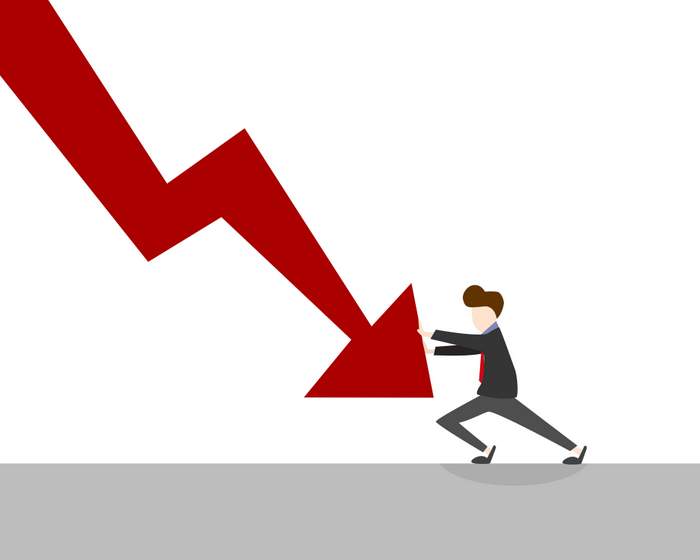
We keep referencing the solar module supply issues because they continue to greatly impact the solar project pipeline — specifically detentions of modules at the border under the Uyghur Forced Labor Prevention Act (UFLPA). If you haven’t yet, give our latest Power Forward episode on this topic (and more) a listen.
The U.S. Solar Market Insight Q4 2022 report from Solar Energy Industries Association (SEIA) and Wood Mackenzie puts a number on it: Trade barriers and ongoing supply chain constraints will cause a 23% decline in solar installations this year compared to 2021. The third quarter saw a 17 percent decrease year over year.
Wood Mackenzie said UFLPA detainments are depressing near-term solar installation forecasts and, of course, delaying the impact of the Inflation Reduction Act (IRA). The U.S. Department of Commerce’s recent decision to apply anti-circumvention tariffs on solar products from Southeast Asia presents downside risk to future solar deployment.
“Installations this year were significantly depressed due to supply chain constraints” said Michelle Davis, principal analyst and lead author of the report. “It has proven more difficult and time-consuming to provide the proper evidence to comply with the UFLPA, further delaying equipment delivery to the U.S.”
Even as supply chain constraints slowed the market, solar accounted for 45% of all new electric generating capacity additions through Q3 2022, the most of any electricity source.
The installations we’re talking about here are mostly larger in size.
- The utility-scale, commercial and community solar markets all experienced quarter-over-quarter declines in Q3. The report forecasts the utility-scale solar market to add 10.3 GW of new capacity in 2022, representing a 40% drop from 2021 volumes.
- The residential solar segment is less directly impacted by existing trade issues and saw 1.57 GW of new installations, marking a 43% increase over Q3 2021.
Forecasts from Wood Mackenzie find that the UFLPA will limit solar deployment through 2023 and mute the impact of the IRA in the near term.
By 2024, IRA-fueled growth will begin in earnest, with annual solar growth averaging 21% between 2023-2027.
“America’s clean energy economy hindered by its own trade actions,” said SEIA president and CEO Abigail Ross Hopper. “The solar and storage industry is acting decisively to build an ethical supply chain, but unnecessary supply bottlenecks and trade restrictions are preventing manufacturers from getting the equipment they need to invest in U.S. facilities. In the aftermath of the Inflation Reduction Act (IRA), we cannot afford to waste time tinkering with trade laws as the climate threat looms.”
— Solar Builder magazine

Leave a Reply
You must be logged in to post a comment.